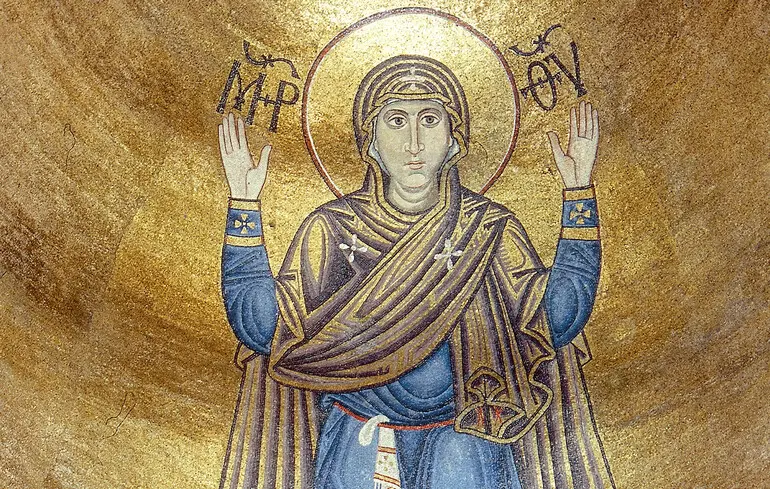Protection of the Holy Virgin: A profound history and traditions of the holiday

Every year on October 1st, Eastern Orthodox Christians around the world honor one of the most significant religious celebrations — the Feast of the Protection of the Holy Virgin.
This remarkable holiday, rich in symbolism, has ancient roots and a compelling history that spans centuries.
The day is dedicated to venerating the Virgin Mary, mother of Jesus Christ, who according to legends, appeared in the city of Constantinople and saved it from enemies.
The origins of the celebration date back to either 860, 910, or 926 AD, depending on different historical sources.
Notably, on the territory of Ukraine, the feast was introduced in the second half of the 12th century, reflecting the spread of Christian traditions across the region.
The story recalls a divine miracle during church services where Saint Andrew and his disciple Epiphanius prayed and experienced a heavenly revelation: the Virgin Mary appeared encircled by angels and saints, lowering her veil over the congregation to symbolize her protection.
According to legend, she spread her omophorion — a type of mantle — over the city and its inhabitants, providing divine shield during a siege.
Historical accounts vary: some speak of the city being besieged by armies led by Askold, while others mention an attack by Saracens.
The holiday was also marked by strict customs and prohibitions.
In the past, it was forbidden to perform strenuous physical work such as sewing, cleaning, laundry, or cooking heavy meals.
Hospitality was highly valued, and hosting guests was believed to bring prosperity and abundance.
Additionally, on this day, borrowing money or refusing to host guests was considered ill omens.
People refrained from slander, quarrels, gossip, and wishing harm upon others.
Alcohol consumption and overeating were also prohibited as part of spiritual purification.
These traditions served to honor the Virgin Mary and seek her protection, emphasizing humility, piety, and community solidarity.

